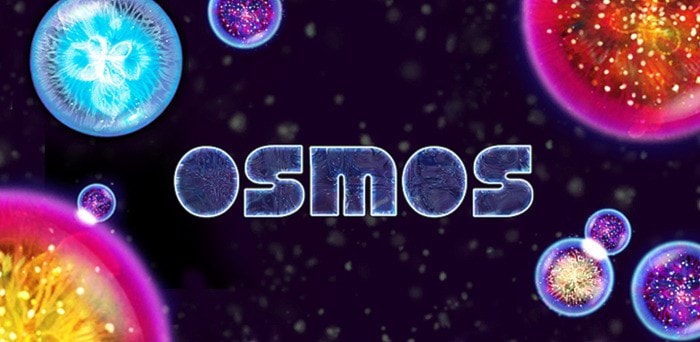An obscure reference to an Inuit film has gotten local app developer some interesting attention.
Eddy Boxerman is the man behind Osmos, an award winning iPhone and iPad app. He and his co-creators thought it would be fun to reference Atanarjuat (The Fast Runner), Canada’s first feature-length fiction film written, produced, directed, and acted by Inuit in their game.
“It’s an Inuit folk tale and we thought this would be a fun nod to Canadian culture by using this name in our achievements list,” he says.
The fun is snowballing as a small online company — Pinnguaq.com based in Pangnirtung, Nunavut — is translating the popular online game into Inuktitut.
Pinnguaq.com’s Ryan Oliver noticed the reference and sought out Boxerman whose abstract game without characters categorizing imagination, appeals to many cultures.
“He wanted to promote Inuit culture in games. There are kids with iPods up there. They’re connected to this online culture, but they don’t see their language represented,” says Boxerman. “He wanted to give them something that could tie their culture into this online world and bring that online world back home. It also gets the kids more interested in their own language and history.”
Oliver is crowd sourcing the translation of Osmos by getting Inuktitut speakers involved in the project.
While Boxerman is enthusiastic about the translation of his game, he doesn’t think it’s going to make-or-break his company Hemisphere Games. But that’s not the motivation anyway. His app design business is doing just fine, a coup for this big city relocate who worried about supporting a family in a business not necessarily thriving in the Kootenay.
“At this point there are a lot of professional developers and big companies that are creating games and various apps for mobile platforms and it’s a big business,” says Boxerman.
Big business can take place in a small town. Boxerman founded Hemisphere Games when he moved to Nelson from Montreal with his partner, a Kootenay native, in 2009.
“It (Osmos) was a hobbyist project and I hoped I could make a go of it and support a family as an independent game developer. I had my fingers crossed and hoped for the best even though no one had heard of it,” he says.
The computer whiz worked on Osmos in his spare time while employed by big game companies in Montreal.
Effort continued on and off with a group of friends he met while doing a Masters degree at the University of British Columbia. The crew has come and gone, with the mainstay of the group being his Toronto-based colleague Dave Burke.
Osmos first came out on PC and had moderate success. It won an Independent Game Festival award. It was a festival that Boxerman had been tracking as a fan of work that was coming out of it.
“That meant a lot to me. It was a festival I had been following for years,” he says. “It was kind of like the Sundance of games. That was really exciting and made me think maybe this could work.”
From a hobbyist project to the big time world of apps, the designer was rewarded when Apple gave Osmos iPhone game of the week when it came out in 2009 and iPad game of the year for 2010.
The audio visual aesthetics give Osmos a strong first impression,
“I call it an ambient physics game in terms of the pacing of the game and the audio-visual style. It feels microbe but outer space at the same time. It has a bit of an ambiguous dreamy visual style and the audio is ambient with no beats,” describes Boxerman.
Music plays an important role influencing the pacing and overall design of the game. Using music he enjoys, Osmos has “a very chill-out vibe,” he says.
“The game had a certain pacing to it that required a fair bit of patience and restraint and thought. It naturally lent itself to this ambient electronica,” says the app designer.
IGN awarded Osmos its best video game soundtrack of 2010.
On the game-play side, Boxerman was inspired by 80s arcade games like Asteroids.
“There aren’t many games out there that use this inertial physics,” he says.
Osmos is a “survival-eat-‘em-up” game where “sometimes it feels like you are floating in outer-space absorbing these satellites and fuel and propelling around. And sometimes it feels like you are in a Petri dish up against these other little organisms trying to fly around and become the biggest, growing this Darwinian gene pool.”
Described as a game for both sides of the brain, the popular app is available on iTunes or directly through Hemisphere Games at hemispheregames.com/osmos/
The Inuktitut translation of Osmos will be released in spring 2013 along with French, German, Spanish and Italian translations.
